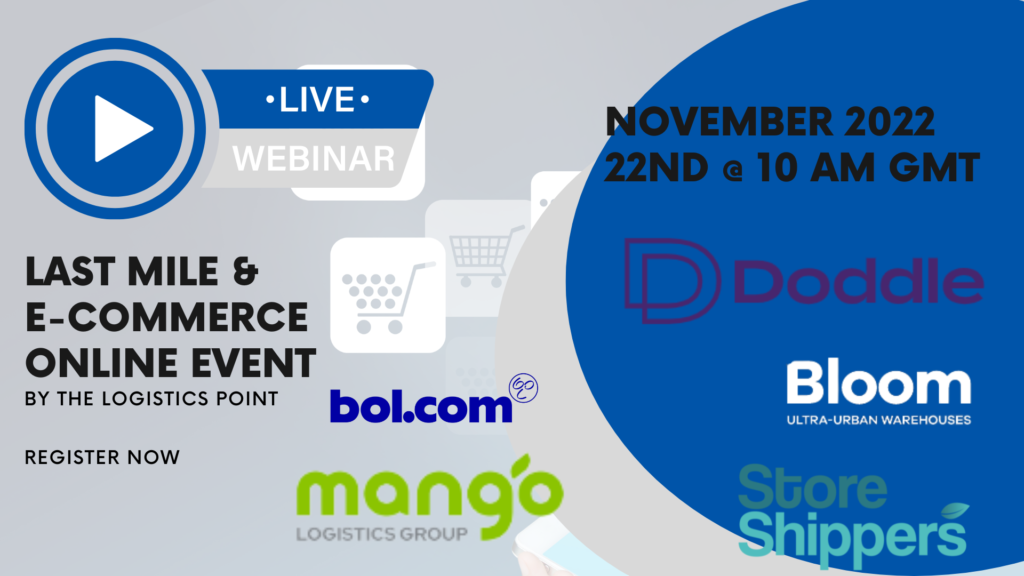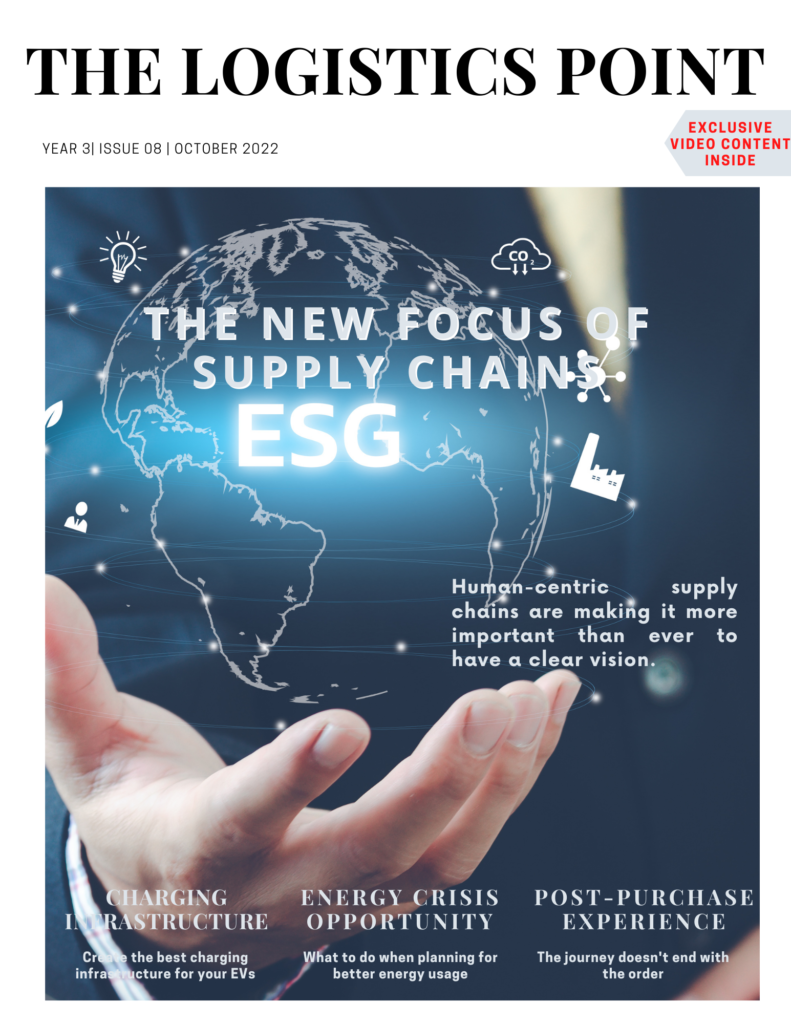When talking about Circular Economy it is hard to determine where the circle starts. We are in a situation where many of our processes and assets have not been designed to be reusable and are thrown away at the end of their life. We spoke to Stephen Jamieson – Global Head of Circular Economy Solutions, SAP, about the need to focus away from the challenges and at the opportunities.

Where does the circle start? Economies today are filled with assets that cannot be reused or recycled.
We think it is best not to just focus on the start but actually use frameworks to untangle the problem. All businesses and products have their own intricacies, depending on context, location and more, and the approach would need to be dynamic. A plastic water bottle has a different value in a small, island community as opposed to it being on the road somewhere in the UK. As a result it has different opportunities within and different ways to treat it.

We would need to see everything as a resource and opportunity to reuse. In fashion, for example, there are all sorts of ingenious and innovative ways to unlock value.
It comes down to how to get the value to the surface and connect it to the market as well as possible.
SAP Business Network, formerly Ariba Network, is the world’s largest business network where we have more than 6.7 million companies. We see a lot of opportunities to make materials more valuable in a way that would ultimately help circularity. For instance, Encore by SAP allows us to see how to use the procurement network in reverse. Businesses can utilise the same network to get value out of materials at the end of their life. For example, a business can send car parts and materials into the network and make them visible to someone who can use them.
Does it matter what type of technology we use to achieve circularity?
What is important is that the data you have is accessible, available and consumable by third party systems. In SAP we are really focused on working with third party solutions to make sure that they are not only scalable but also are open and accessible to people.
At the end of the day, circularity would need to be an open system in the cloud, so we can see the scale that is needed. That ecosystem will come through a variety of providers.
Would organisations like SAP not lose their competitive advantage in such open networks?
We are an essential part of companies and enable their logistics networks to drive core functions. We are well placed to help businesses understand the impact materials have on the environment and the society.
We work with many partners. Some of them look at what happens to materials and products in the downstream supply chain and see the ultimate fate of the materials. Companies now see that it comes down to what is the value to the customer, based on the environmental impact.
Is it easier to sell the idea of Circular Economy to people now?
Things have completely changed in the last five years. Five years ago businesses knew there was a problem to solve and that they needed to act, but did not know where to start. A combination of regulatory interventions are showing the way to businesses and what they need to focus on next. At the same time, by innovating the Cloud solutions we have we are also able to support this better. ✷


